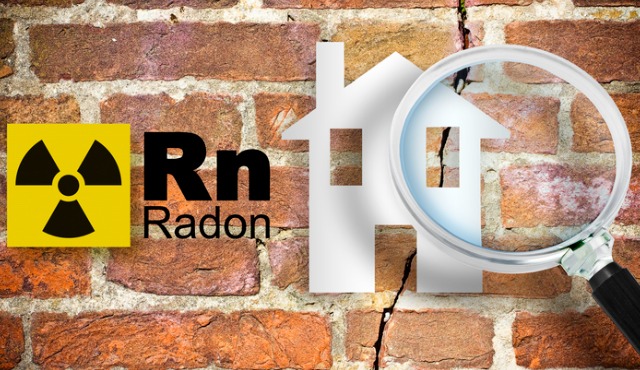By Kara Masterson
Radon exposure is a major health concern that many people are unaware of. Radon is a naturally occurring gas that can enter your home through cracks in the foundation or walls, and it can be hazardous to your health if exposed to it for a long time. Below is a look at the risks associated with radon exposure, why you should be thinking about it now, and what to do if you believe your home might be at risk.
Risks of Radon Exposure
Radon exposure poses a significant health risk, particularly in relation to the development of lung cancer. As the primary cause of this debilitating disease among non-smokers, radon has become a formidable factor in assessing both residential and workplace safety. The insidious nature of this radioactive gas, which is colorless, tasteless, and odorless, exacerbates its capacity for harm, often leading to long-term exposure without immediate detection. Furthermore, this potent compound has been linked to the onset of various other cancers, as well as a range of respiratory illnesses. Consequently, heightened awareness and preventive measures are critical in mitigating the devastating impact of radon exposure on human health.
Signs of Radon Exposure in Your Home
The only way to know for sure if your home has high levels of radon gas is to have it tested by an EPA-certified professional. They will use specialized equipment to measure the amount of radon gas present in your home and then provide recommendations on how best to reduce levels if they find any issues. Additionally, all states have their own guidelines regarding acceptable levels of radon gas in homes, so make sure you check with your state’s local regulations before testing.
Ways to Reduce Risks in Your Home
If you find out that there are high levels of radon gas present in your home, or you think your home is definitely at risk, there are several steps you can take to reduce the problem, such as sealing all cracks or openings where air could escape from outside or fixing any ventilation systems that may be faulty. You can also install a vent fan or other types of active ventilation systems that can help reduce indoor air pressure, which can help draw out any trapped gases from inside your home. You can install alarms, such as a residential radon mitigation system, that can alert you too. Lastly, having regular tests done on your home will ensure that these steps are working correctly and that the levels remain within acceptable limits for safety reasons.
Radon exposure is a serious issue that many people aren't aware of until it's too late. That's why it's important for homeowners to take proactive steps now before they become exposed to dangerous amounts of this invisible but deadly gas. By understanding the risks associated with radon exposure and having regular tests done on their homes by certified professionals, homeowners can significantly reduce their chances of being affected by this invisible killer and protect their families from harm's way!
 Kara Masterson is a freelance writer from Utah. She enjoys playing tennis and spending time with her family. If you are looking for a professional roofer, Masterson recommends contacting Precise Roofing & Contracting.
Kara Masterson is a freelance writer from Utah. She enjoys playing tennis and spending time with her family. If you are looking for a professional roofer, Masterson recommends contacting Precise Roofing & Contracting.








